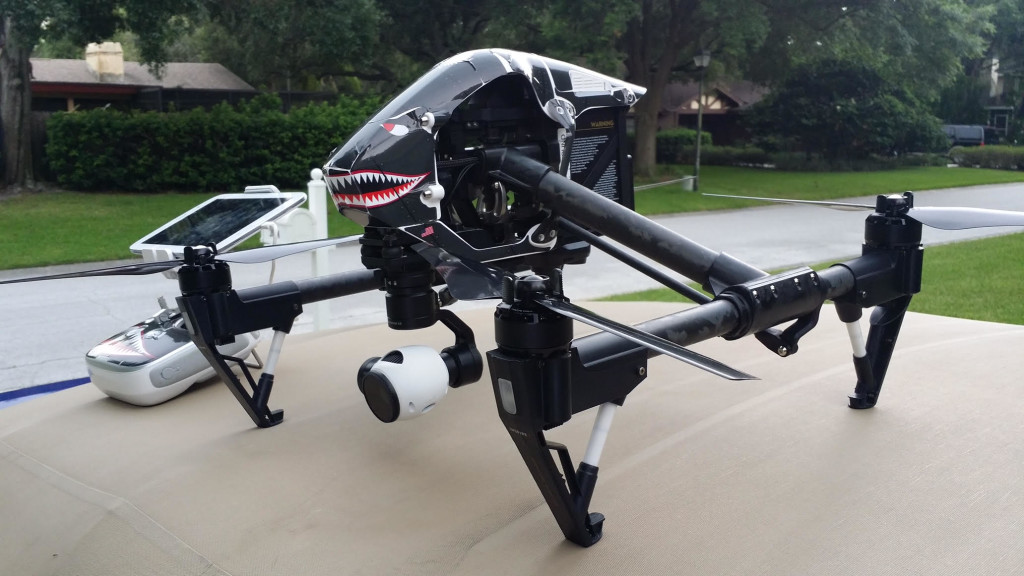When the FAA was trying to determine methods and regulations to try and keep drones away from other air traffic, I sent in a paper on my recommendations regarding these FAA drone restrictions as a 22-year USAF aviator that has over 4000 hours of combination rotary and fixed-wing time on combat aircraft. Since I now own a commercial aerial drone photography business I was extremely concerned that “over regulation” by the FAA would inhibit areas so much that commercial aerial photography would be almost impossible.
Safety, of course, is ALWAYS paramount! This new technology (Quadcopters with cameras…calling them “drones” for the rest of the article even if that name is basically inappropriate, it is what they are most commonly referred to) is so incredible and does the impossible as far as commercial photography that simple could not be done a couple of years ago. Some examples of this are flying extremely close to buildings and other structures to get close-ups in 4K, flying very low, not disturbing others with rotor wash and noise from an actual helicopter and, lastly, superb stability that could not be had without spending several million dollars of near military grade gimbal systems.
The main objective to an effective and safe flight is to never become a hazard to commercial, private, and emergency air traffic. We all MUST be thinking “See and Avoid” at all times if you are operating a “drone” to keep a lookout (and ears listening) for all types of traffic that may become a concern in our work/play area.

The current FAA drone restrictions
The current 5nm (nm = Nautical Mile or simply put “as the crow flies”) circles around major airports and 3nm around small airports overlap such a large airspace in urban areas (I am a Tampa Bay, Florida flyer) that it is now leaving us very small areas to operate in especially now that hospital helipads are included. It is almost impossible to do commercial work now that these new restrictions are in place.
Speaking of restrictions, there is also a 1.5nm restricted zone around most airfields that the drone manufacturers have programmed in the drone, controller, or app for your smartphone, iPad, or what have you that will not allow your new shiny drone to even start up within this restricted zone. These restricted circles prohibit you from starting and flying even outside the actual airport, away from the runways (active or not) to film marketing shots or video for hotels/businesses for one real-world example.

Consider an altitude restriction instead
What I think would work MUCH better would be to impose an altitude restriction to not fly above any local obstruction (tree/tower/power line) that would therefore be next to impossible for the air traffic to impact a drone without hitting the existing obstacle of course, still having the maximum altitude at 400 feet to comply with the FAA regulations.
This would allow you to operate your drone and do commercial work for any entity within this new restriction. This would also now have to be reprogrammed with the drone manufacturer cooperation to allow the GPS coordinates to enable start up.
Yes, we could chat for days on the “what-ifs” but this would keep it safer in my opinion and allow operating in these areas. I find that in commercial work, I seldom have to exceed 75 feet on most jobs as the customers want nice detail and clarity in the footage.
This is just a thought for the FAA to consider. Remember, fly safe, line of sight and listen for aircraft please!
We’d love to hear feedback from fellow drone pilots regarding the FAA drone restrictions. Do you think the rules hinder your commercial work? What do you think about an altitude restriction near airports and helipads? Leave your comments below. Thanks!
